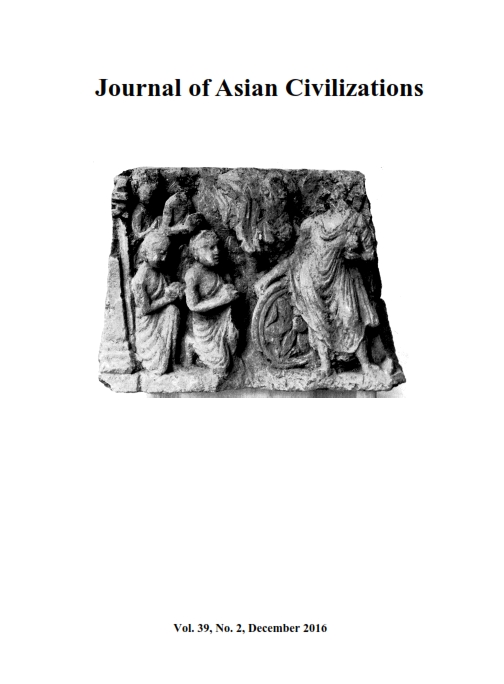Discovery of the Earliest Monumental Parinirvāụa from Bhamāla, Khyber Pakhtunkhwa (Pakistan)
Keywords:
Bhamala, parinirvāụa, Taxila, Ajantā, Tapa Sardar, PolonnaruwaAbstract
Recent archaeological excavations at Bhamāla have brought to light many important discoveries in the history of Buddhist art and architecture. One of these is the parinirvāṇa statue of Buddha measuring 14 meters in length. Radiocarbon dates of the charcoal/charred wood recovered from inside the terracotta sculptures discovered inside the parinirvāṇa chamber place the construction of the structure to around the third century CE. This represents the earliest example of a monumental parinirvāṇa image and provides new evidence that must be considered when discussing the origin of monumental parinirvāṇa images in South and Central Asia
Downloads
Published
2025-04-18
Issue
Section
Articles

